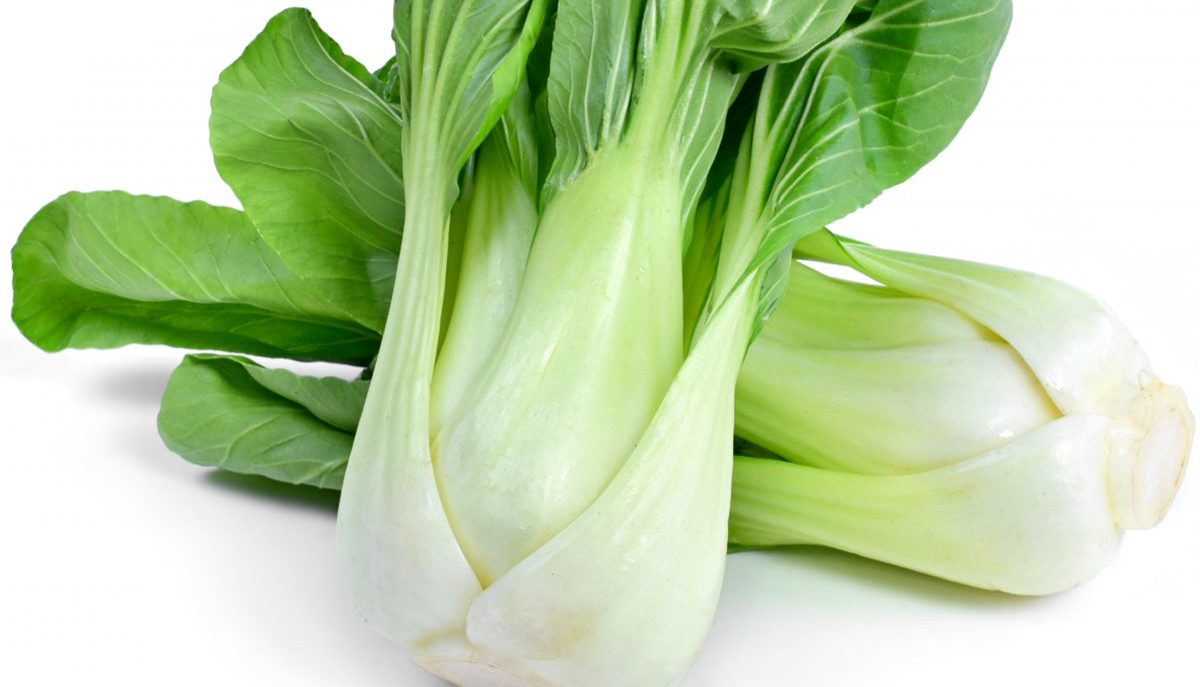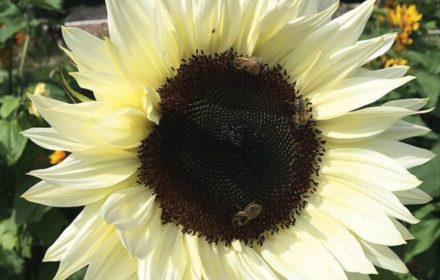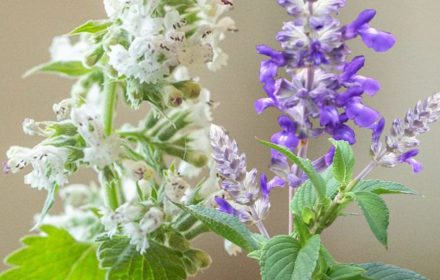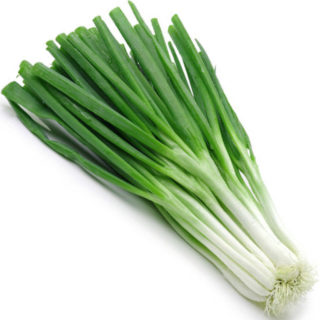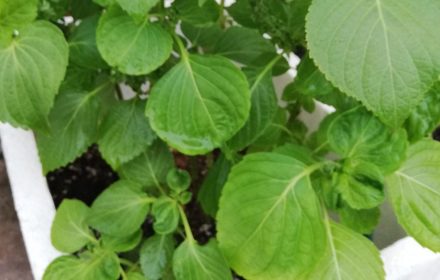How to Sow Giant Pak Choi Seeds
Giant Pak Choi, also known as Bok Choy or Pok Choi, is a versatile and easy-to-grow vegetable, producing spoon-shaped leaves with crisp white ribs and tender green foliage. Reaching a height of around 8 inches when fully grown, it is a staple in Asian cuisine and can be enjoyed raw, steamed, or stir-fried. For the best flavour and texture, harvest young plants before they become too mature. Growing compact and tight ribbed Pak Choi requires attention to detail, particularly in managing growing conditions.
Sowing Guide for Giant Pak Choi Seeds
Indoor Sowing
- Timing: Sow seeds indoors from early spring to extend the growing season.
- Containers: Use pots or containers with a depth of at least 6-8 inches to accommodate root development. Ensure the location receives sufficient sunlight, such as a sunny windowsill or a greenhouse.
- Sowing Depth: Sow seeds at a depth of 1/4 inch (6 mm) in fine seed compost. Lightly cover with soil and firm down gently.
- Germination Conditions: Maintain a consistent temperature between 18-24°C (65-75°F) for optimal germination, which usually occurs within 7-14 days. Keep the soil moist but not waterlogged.
- Transplanting: Once seedlings reach 3 inches in height and have developed several leaves, transplant them to their final containers or outdoors, spacing them properly to allow for growth.
Outdoor Sowing
- Timing: Sow directly outdoors after the last frost has passed, usually from late spring to early summer.
- Soil Preparation: Prepare the soil by loosening it with a fork and adding well-rotted compost or organic matter to improve fertility. Pak Choi prefers fertile, well-draining soil with a pH of 6.0-7.5.
- Spacing: Sow seeds 1/4 inch (6 mm) deep, spacing them 12-18 inches apart in rows. Maintain a row spacing of 24-36 inches for proper airflow.
- Watering: Water thoroughly after sowing and ensure the soil remains consistently moist throughout the growing period. This encourages strong root development and prevents the plants from bolting.
Caring for Giant Pak Choi Plants
- Watering: Keep the soil evenly moist but avoid overwatering, as waterlogging can lead to root rot. Consistent moisture is essential for tender, succulent leaves.
- Sunlight: Plant Pak Choi in a location that receives full sun to partial shade. Partial shade can be beneficial during hotter periods to prevent bolting.
- Feeding: Apply a balanced liquid fertilizer every 2-3 weeks to promote healthy growth. Avoid excessive nitrogen, as this can lead to overly leafy plants with weak stems.
- Compact Growth: If stems become leggy, gently lower them into the ground and firm the soil around them to encourage compact, upright growth.
Harvesting Giant Pak Choi
- Young Harvest: For the best flavour and texture, harvest Pak Choi when the plants are young and tender, usually around 45 days after sowing. Use a sharp knife to cut the plants at the base.
- Continual Harvesting: If desired, you can harvest individual outer leaves, allowing the plant to continue producing new foliage.
Common Questions About Growing Pak Choi
- Why is my Pak Choi bolting? Bolting occurs when Pak Choi experiences stress, such as inconsistent watering, extreme temperatures, or overcrowding. Maintain steady growing conditions and harvest promptly to avoid this.
- Can Pak Choi grow in shade? While Pak Choi prefers full sun, it can tolerate partial shade. Shade during the hottest part of the day can help prevent bolting.
- How do I avoid transplant shock? Transplant Pak Choi with the root ball intact to minimize root disturbance. Avoid bare-root transplanting, as this can trigger stress and premature bolting.
By following this guide, you can successfully sow and grow Giant Pak Choi, ensuring a steady supply of fresh, crisp vegetables for your kitchen. Whether grown indoors or outdoors, this versatile crop will reward you with abundant harvests when provided with the right care.

